Because of the high growth rate of Amish society—their population doubles every 20.5 years—they are always on the lookout for more land to expand onto. Since they prefer to remain a rural society, they are generally interested in moving as groups of families to new farming areas.
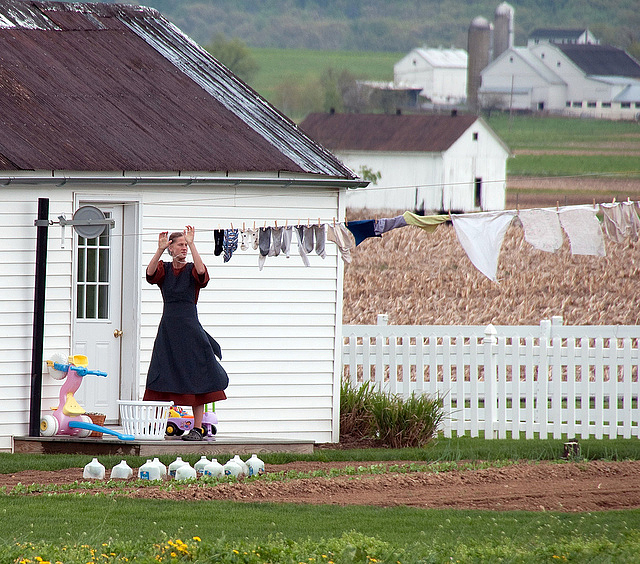
A recent research article by Cory Anderson and Loren Kenda focused on three major factors that have an impact on the Amish choices of places to establish new settlements: location, agricultural issues, and population concerns. So the basic questions for the authors were, what characteristics about a place are likely to attract new Amish settlements? What kinds of places are they settling into? Will they have a future in those new places?
The authors wanted to find out how much the population density, the distance to nearby towns, and the county growth rates of possible new locations affected decisions about places to which they might migrate. They also wanted to determine how well the Amish were able to find culturally appropriate farms to purchase. They examined the topography of proposed settlement areas plus the prices and sizes of farms. Furthermore, they were interested in the spacing between new settlements and older, well-established ones. They included existing and abandoned settlements in their examination.
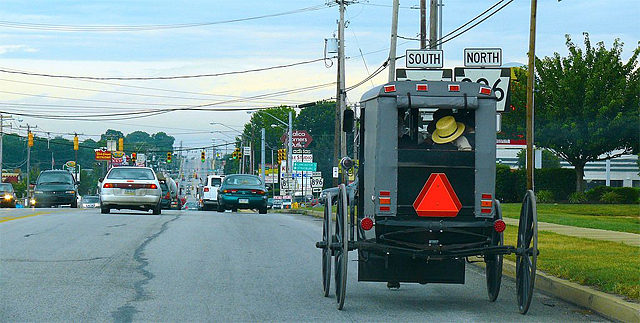
The Amish, the authors point out, may have an impact on other rural dwellers. For one thing, they reject the land use planning and the transportation systems available in many rural areas. Their rejection of the automobile culture implies the need for a rural transportation system that will accommodate horse-drawn vehicles, walkers, bicycles, and scooters.
On the other hand, immigrating Amish settlers may revitalize a depressed rural economy, make use of vacant or underutilized lands, and develop new farming operations. Furthermore, they may become the basis of a new tourist economy that benefits local businesses. In order to find a good spot to establish a new settlement, the Amish will send out scouting parties to explore. Once a consensus develops about a desirable area to which some families want to resettle, different households will purchase land in reasonably close proximity to one another in the new community.
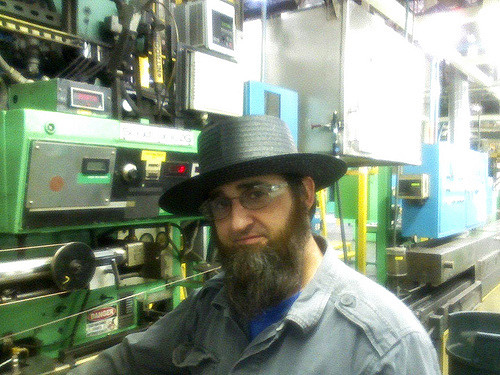
Decisions to migrate to a new area are frequently made by residents of older, well-established settlements that face shortages of land for the growing Amish population. If landless families want to go into farming and no affordable land is available, they must either resettle to a new area or take employment in non-farming occupations such as work crews, small shops, woodworking, or factories.
Sometimes, the diversity in customs from one church district to the next may produce stresses that relocating may help ameliorate. The authors write that migrating to new settlements may foster peace and help prevent local schisms from occurring. Some other peaceful societies such as the Paliyan have a history of moving away from threats of conflict (Gardner 1985), though recent news has indicated that at least some of them are now staying put and sticking up for their rights.
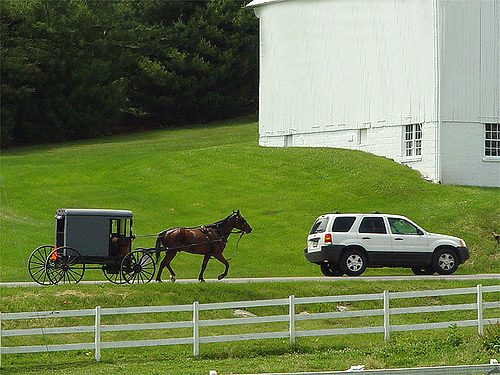
While the Amish continue to thrive in older settlements that have been caught up in development, such as Lancaster County, when they move they prefer to settle into highly rural areas. However, they also prefer to live within an easy horse and buggy ride of small commercial centers. They rely on the basic services towns provide such as banks, a post office, grocery stores, a library, hardware stores, and pharmacies. Small towns also provide markets for the goods and services they can provide.
The Amish still maintain for the most part a self-image as farmers. Their farming de-emphasizes cash crops in favor of crop diversity, though they still produce commodities for the market. They like to transfer their farms to their children as soon as possible so they can keep the land within the local community. Their use of horses for power in the fields defines their approach to farming.
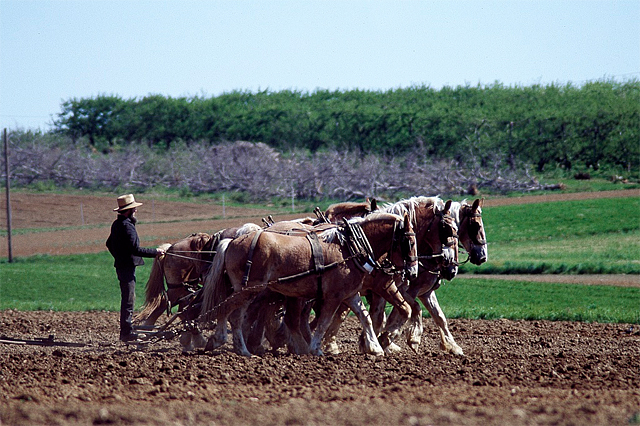
When the Amish are searching for a place to resettle, they look for settings that will support small farms. Their horse culture works best on them. Also, they seek places with a moderate topography, neither too mountainous nor too level. They also look for areas with inexpensive farmland. Their farming is an economic pursuit, of course.
From their analysis of detailed statistics and maps, the authors found out that the average distance from a settlement to the nearest town runs from 7 to 15 miles, a comfortable ride in a buggy; 20 miles is their normal limit from a population center. They normally don’t settle closer than 5 miles to a town—they want to live close enough to have access but not be right in it.
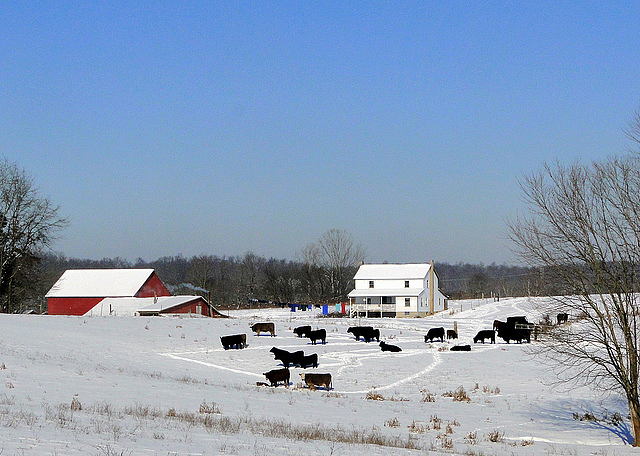
The analysis of figures available on the actual characteristics of their lands showed that the ideal Amish farm runs from slightly under 200 acres to just above 300 acres in size. The Amish tend to avoid settling in counties that are already dominated by numerous large, industrial farming enterprises. Prices of land may have some bearing on whether new Amish settlements are established, but those costs do not appear to play a role in the long-term viability of the settlements.
The authors found that new settlements established far from existing ones tended to go extinct; on the other hand, new settlements located in closer proximity to established ones tended to survive. In recent decades, new settlements around 20 miles away from existing ones have survived the best. New settlements a lot farther away have not survived nearly as well.

The Amish are no longer focusing exclusively on farming, of necessity, so they are more easily able to develop new settlements than they were when they focused just on the farming economy. Yet they still maintain all the vestiges of a farm-based culture: facilities for horses such as barns and pastures, the home-based production economy such as gardens and food preservation, and the in-home fabrication of goods for sale.
The authors predict that the Amish will maintain an agrarian society and that their new settlements will continue infilling around existing ones, particularly in the Mid-Atlantic region, the Midwest, and the Upper South. While new settlements are springing up, the older, well-established ones are also doing quite well and growing.
And while the Amish continue to thrive in growth areas such as Lancaster County, when they move to new settlements they are not looking for markers of prosperity. In fact, just the opposite. Counties that are lacking in high wages and areas without amenities that appeal to others are just the types of places that attract the Amish. “Many rural counties that find no selling points to draw people may be, by that very fact, an attractive destination for Amish” they conclude (p.505).
Anderson, Cory and Kenda, Loren. 2015. “What Kinds of Places Attract and Sustain Amish Populations? Rural Sociology 80(4) (December): 483-511